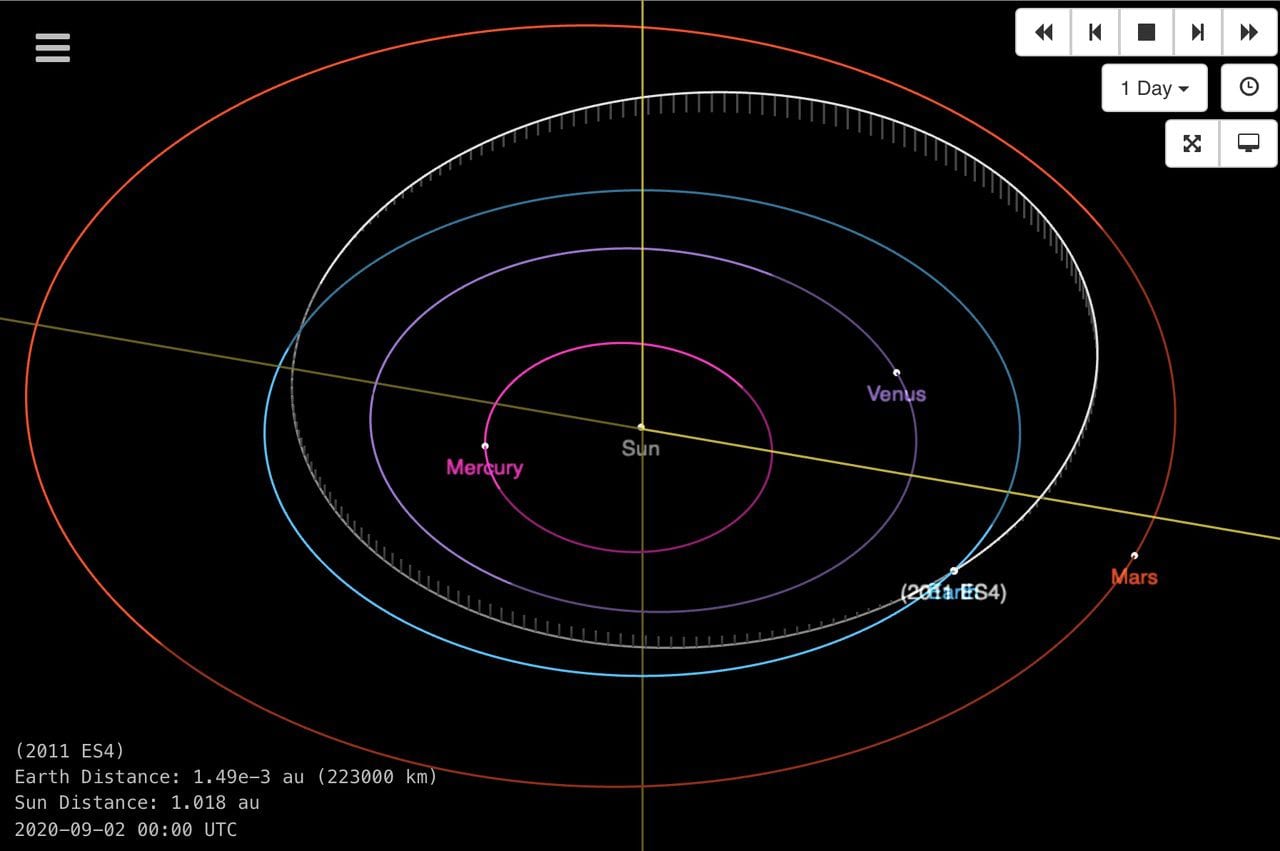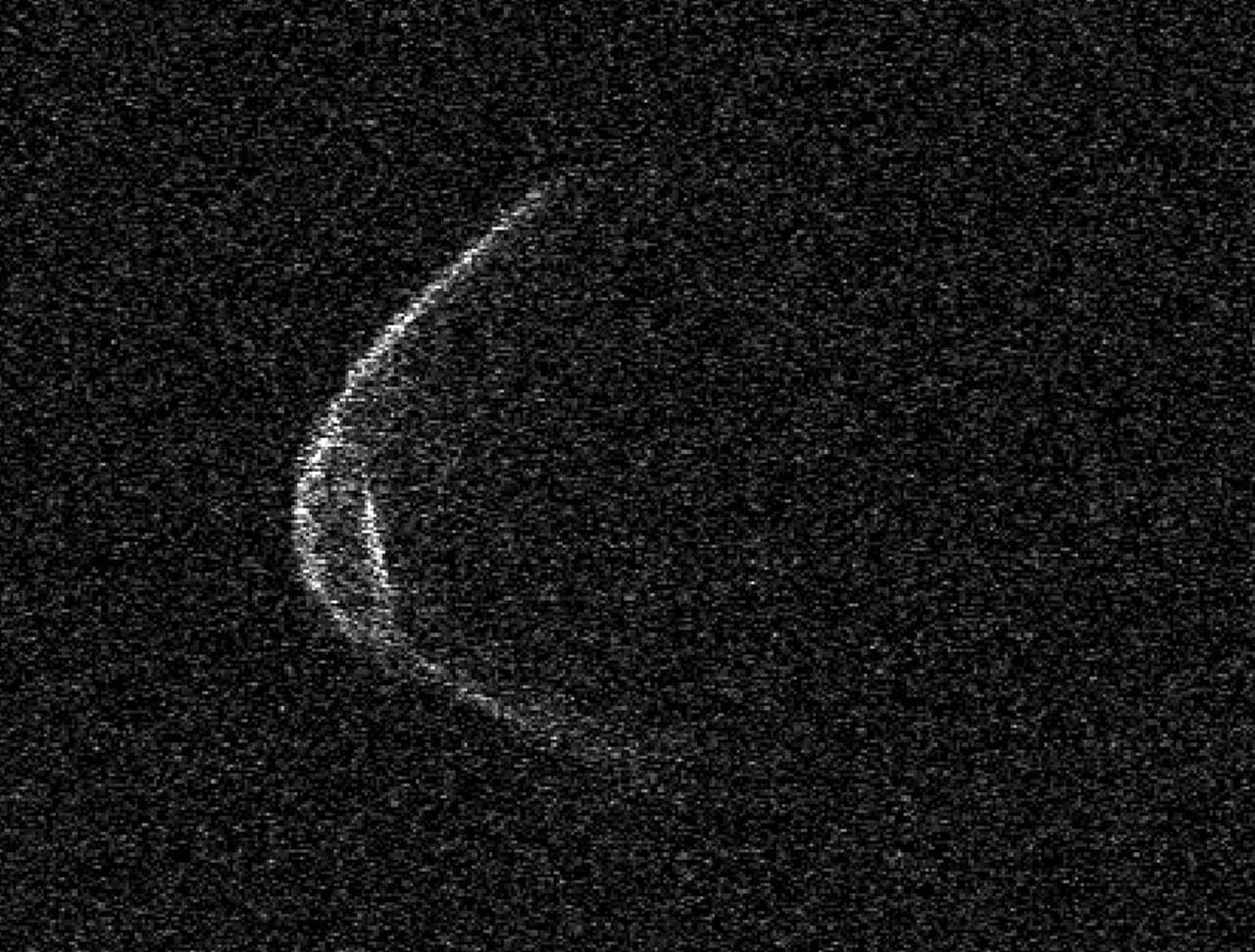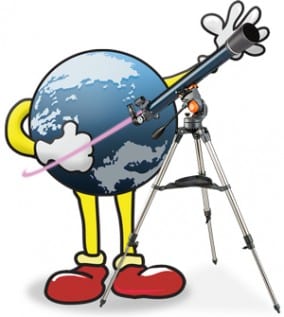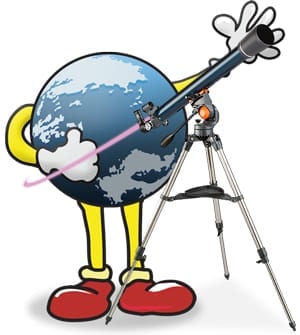
On September 1, 2020 (plus or minus a week), Earth will be visited by a celestial wanderer named Asteroid 2011 ES4. This asteroid is one of a class called Apollo asteroids. The name Apollo has nothing to do with the NASA Lunar Landing Program, but everything to do with Near-Earth Asteroids with orbits which cross the Earth’s orbit similar to an asteroid named 1862 Apollo.
Asteroid 2011 ES4 gets quite close to Earth on this visit – .0005 Astronomical Unit or 46,000 miles (75,000 km). There’s no concern of it hitting Earth, as asteroids of this class have had their orbits calculated to a very precise degree, and that distance estimate is quite accurate. As a measure of how close 2011 ES4 will be, that’s about 20 percent of the average distance from the Earth to the Moon.
In the past year, we’ve had other close fly-bys. Asteroid 1998 OR2 came within 3.9 million miles (6.3 million kilometers) of Earth. That asteroid is of a class called “Potentially Hazardous Asteroids” because its orbit takes it out further from the Sun than the Apollo Asteroids, where it can possibly be perturbed by interaction with Jupiter. Asteroid 1998 OR2 is also quite large, which means it could be very dangerous if it hit Earth.

Arecibo Observatory / NASA / NSF
Asteroid 1998 OR2 was visible to small telescopes because of its large size and relative brightness – about magnitude 10.8. Asteroid 2011 ES4 is not expected to be visible to most amateur telescopes due to its small size; in fact, it will not be brighter than magnitude 24 until the end of August. That means it is so dim that even the Pan-STAARS 1.8 meter telescope used to find Near-Earth asteroids might not be able to pick it up!
We’ll let you know if 2011 ES4 becomes unexpectedly brighter or if it becomes visible to amateur astronomers.









That’s an interesting question. There’s probably a way to figure that out, when objects are discovered they probably record how. I looked it up and it was not said how they discovered it on 2 March 2011, most likely it was discovered by a long exposure photograph, showing up as a line instead of a dot. Other ways to see objects like this are radar and orbital telescopes. It is about 25 meters (83 feet) across, probably not big enough to hit the surface of the Earth, but you would see, and probably hear, it then.
If Asteroid 2011 ES4 is so dim that even the Pan-STAARS 1.8 meter telescope might not be able to pick it up, how has it been detected–and well enough that we know its orbit and that it will not hit us?
That’s an interesting question. THere’s probably a way to figure that out, when objects are discovered they probably record how. It could have been discovered by an orbital telescope, or by radar. I’m going to see if I can figure it out.